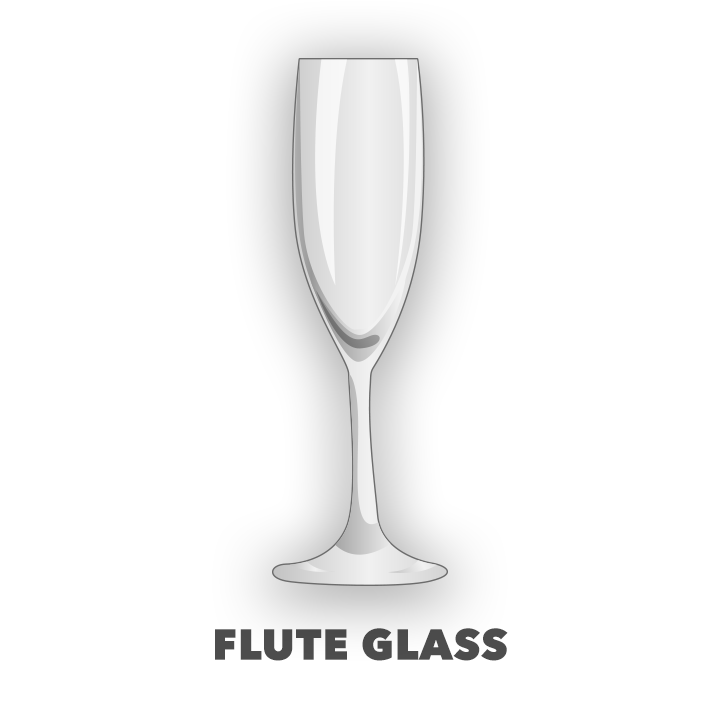When it comes to serving alcohol, most people reach for whatever they have in the cupboard. But choosing the right vessel can make a difference between a good drink and a great one.
Have you ever wondered exactly why each glass has a different shape? It's not only about presentation, but actually more about the science behind each type of drink.
When you go out to a fancy restaurant, have you ever noticed that there are three glasses arranged at your spot on the table? One is for water and two are for wine, but which one is which?
Navigate your table settings and find the right glass for the job. Whether you're starting the meal or finishing it, there's a glass for every drink you can think of:

A standard wine glass has a stem, which prevents heat from your hand being transferred to the wine. Since aroma is important when enjoying wine, the rim should be wide enough that you can fit your nose in the glass while you take a sip.
Rule of thumb: broad opening for red wines, narrow opening for whites.

This is your everything glass. Some restaurants might provide a tumbler for table wine. It doesn't require much handling and often comes in temperature controlled, so there's no need for a stem.
The rim is should be wide enough to get your nose in while you drink, but it's not curved to trap the vapors like a typical wine glass.

Smaller than a wine glass, they also feature stemware to keep the temperature controlled. Dessert wine is usually very sweet, so the opening is narrower to allow for smaller sips. Since aroma isn't important, you don't need to get your nose in there when you drink.

The smallest of the stemware, its bulb shape at the bottom helps to maintain temperature, while the flare upwards gives you a nice little bit of aroma.
These glasses are small because the alcohol you drink from them is typically pretty strong stuff. You'd usually drink with it as a digestif, after a heavy meal.
Scroll through to find out why we drink martinis in one glass and champagne in another...
One of the most famous catchphrases in pop culture today, "shaken, not stirred" refers to the process a martini goes through before it is poured into the glass.
There's a very specific reason why they don't drop the ice right into the drink and it has a lot to do with the vessel.
How do you like your martini Mr. Bond?

The stem on a martini glass controls the temperature, which is important, because martinis will not have ice in them. Like James Bond, you have the choice of shaken or stirred with ice before your beverage is strained into the cone shape cup.
The cone also helps to maintain temperature, keep the ingredients together and provides a wide opening for aroma. As martinis are usually made with gin, the aroma is 90 percent of the flavor.

You probably know the term: "on the rocks," well, this is the glass you want. It's great for cocktails because (obviously) it can hold plenty of ice cubes with room to stir. A nice, wide opening permits room to breathe as you sip.

Most people know what a champagne glass looks like, but do you know why? Part of the fun in drinking champagne is the bubbles. Since the goal is to make the bubbles last for as long as possible, the fluted shape keeps the party going.
A good champagne glass has a tiny bead etched at the bottom, which gives the bubbles a single point from which they can transform from gas to liquid.



